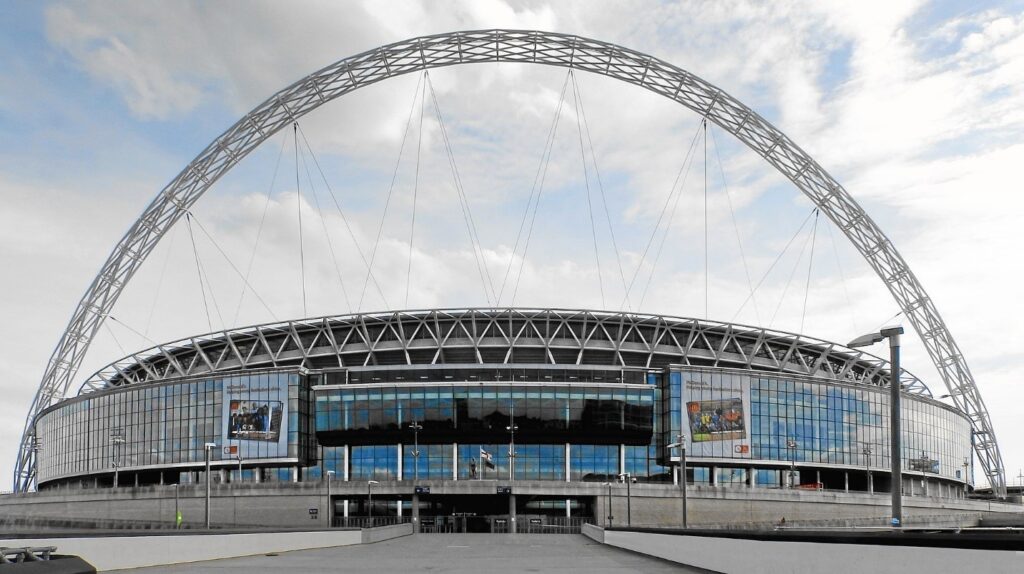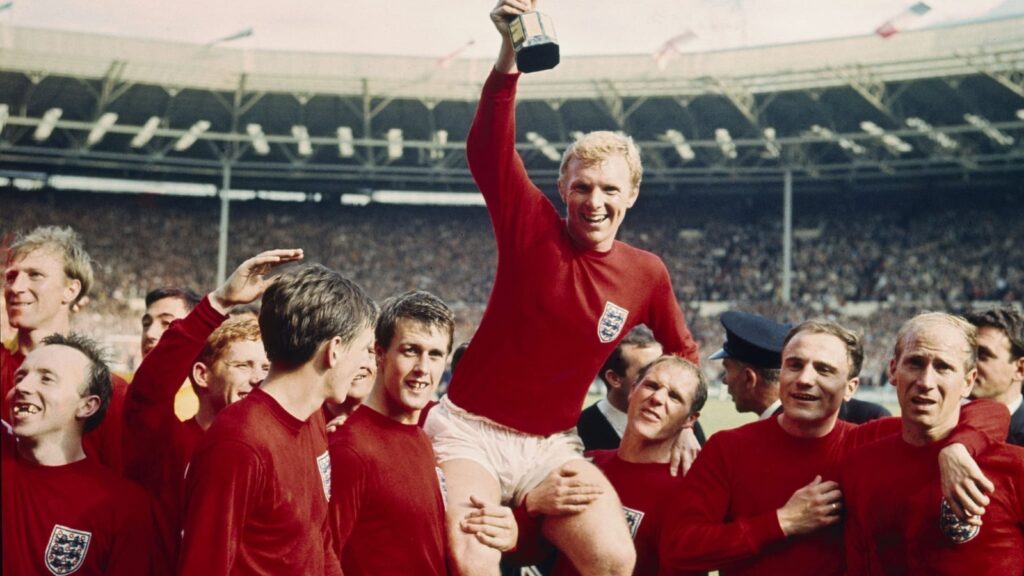
Classic World Cup Stadiums – Wembley

Situated in one of the districts outside of the London city proper, the Wembley Stadium is undoubtedly and deserved to be named as the Home of Football.
The hallowed ground is still the dream destination of every footballer to play there, let alone watch a match there, as it was one of famous sporting attractions in the English capital.
Countless classic moments have been immortalized on its two iterations, in which it has been the home of not just England and other internationals, but also of the domestic game’s biggest matches the FA Cup and the Football League Playoff finals.
Once upon a time, there were the Twin Towers

For most sporting fans, the Wembley that they knew was the original stadium that was built in 1923, when Bolton defeated West Ham to claim the FA Cup in front of more than 126,000, that remains up to this day a stadium record. It was more known as the White Horse Final, named after in iconic image of a mounted policeman that cleared the newly-built stadium of overflowing crowds.
With its prestige and allure way ahead of its time, the Twin Towers were the everlasting figure of this hallowed ground, in which it hosted not just the Cup Finals, but also other major events such as the 1948 Olympics.
Apart from sporting purposes, the size of Wembley also became an ideal venue for musical acts, with numerous artists took the stage here including the iconic Live Aid concert in 1985.
Magic of 1966

Wembley’s Twin Towers were the centerpiece in England’s World Cup hosting in 1966, as it seated 98,600. Already a modern stadium by its standards back then, it was renovated three years prior by roofing the two stands behind the goal ends.
Managed by Alf Ramsey, the Three Lions won all, but one of their six matches played there (they opened with a goalless draw to Uruguay), which was punctuated by their 4-2 triumph over West Germany in the final on July 30. There, Geoff Hurst wrote his own record by being the first (and so-far only) player to score a hat-trick in the World Cup Final.
Bobby Moore’s lifting of the Jules Rimet alongside his teammates were just one of the countless images that were immortalized in the history of the game.
A rebuild for the new era

The Old Wembley still has its scheduled Cup Finals and England matches until 2000, when its entirety was torn down in a three-year span to make way for constructing a differently designed stadium on its site.
With no other recourse, the Cup and Playoff finals were moved to Cardiff for the next seven years, with the Three Lions having to rotate in-between venues in the same stretch.
After its completion in 2007, the Twin Towers that were demolished before were replaced by a 133-metre arch that supports its roofing system to cover all 90,000 seats, signaling a new era of Wembley that will bridge generations of England football up to this day.


